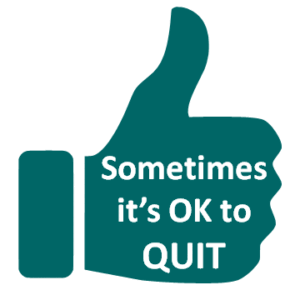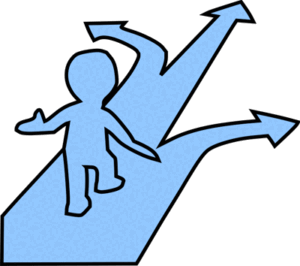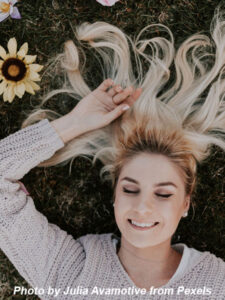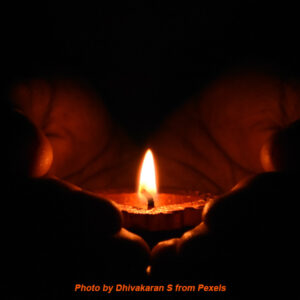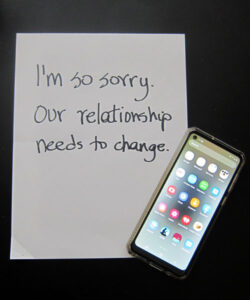My husband and I recently watched a Wondrium course entitled Optimizing Brain Fitness by Dr. Richard Restak. He covered quite a bit of ground to which I had been exposed previously. But I took keen interest in his commentary on memory.
 My professional and artistic endeavors regularly call upon me to commit substantive quantities of material to memory. I can get the job done, but it’s far from easy for me to do it. And it’s not just a function of getting older. It has always been challenging. But Dr. Restak offered several evidence-based suggestions.
My professional and artistic endeavors regularly call upon me to commit substantive quantities of material to memory. I can get the job done, but it’s far from easy for me to do it. And it’s not just a function of getting older. It has always been challenging. But Dr. Restak offered several evidence-based suggestions.
FIRST: Pay attention. Concentrate on what you are trying to learn without succumbing to distraction. Focus increases with interest, so try to become engaged in material that captivates you.
SECOND: Look for ways of making the material meaningful. Try to relate it to something you know or do. See the material in your mind’s eye. Identify personal associations. In retrieval, try to mimic the experience when the memory was first formed.
THIRD: Use as many sensory faculties as possible to create memory pages. Form clear and distinct images associated with the memory. Find ways to use sounds, smells, tactile sensations, and emotions as triggers. The more dramatic the sensory and emotional associations, the more likely they will stick in memory.
FOURTH: Chunk it. Find ways to group the content into logical “buckets.” Work on memorizing each bucket independently and then chaining them all together. (Note: I typically learn “chunks” of material from the back of a speech or song and moving forward. Each time I add a new chunk, I repeat the chucks I’ve already learned as I work my way to the end.)
FIFTH: Use repetition wisely. We don’t retain content by simply jamming it into the brain by rote. We need a depth of engagement in how we structure the memory (as noted above) and how we work with it – e.g., recording it, listening to playback, writing it down, talking/singing along, etc. We also need time for the content to percolate. It’s more effective to do some memory work every day (or multiple times per day) rather than all at once. Neural networks strengthen each time a memory is stored away and later retrieved.
SIXTH: Use a memory palace to string content together. This technique calls upon us to establish a set construct that we can walk through in our minds. For example, I might walk through my townhouse and notice the following 12 items: the sofa, cabinet, and TV in the living room; the table in the dining room; the sink, stove, microwave, pantry, and refrigerator in the kitchen; the hall stairs; the bed and dresser in the bedroom. I memorize those items and the sequence in which I encounter them as I’ll be using this “palace” for many, many memory tasks. When working on a speech, I chunk it into 12 sections and attach a section to each stop on my route, preferably with a dramatic flair. (Note: For simple lists, conjure up a wild, vivid story that incorporates all the items to be memorized.)
Dr. Restak advises against using technology to solve our memory challenges. While it’s a crutch that addresses an immediate need, the resulting atrophy of our memory circuits does not bode well for cognitive health long term. Rather, we should create opportunities daily to exercise our memory even when we’re not required to do so – e.g., learn (and use) new words, practice memorizing strings of digits (and increasing difficulty over time), commit grocery lists to memory, learn favorite poems.
